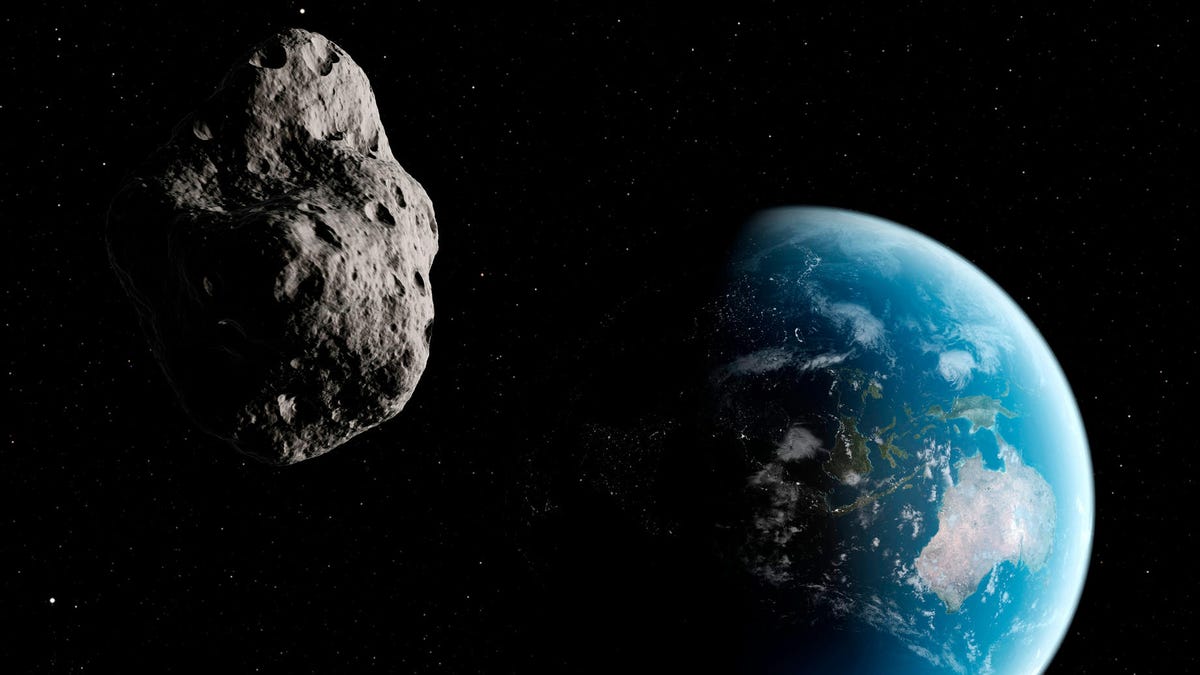Speeding Asteroid Spotted Flying Closer to Earth Than GPS Satellites
Fewer space rocks are passing through our cosmic corner undetected

Astronomers are spotting near-Earth objects more frequently.
The same astronomer who recently discovered a small asteroid just a few hours before it smashed into our atmosphere has spotted another space rock whizzing right over humanity's heads.
Krisztián Sárneczky announced his discovery on Twitter late Thursday, mere hours before asteroid 2022 FD1 (it was briefly nicknamed SAR2594) passed within about 5,400 miles (8,700 kilometers) of our planet's surface.
Almost. Again :-) My newly discovered asteroid #Sar2594 will pass cca. 15,100 km from Earth around 09:10 UT. Minus Earth radius = 8,700 km above the surface. Almost :-)
— Krisztián Sárneczky (@sarneczky) March 25, 2022
For some perspective, GPS satellites fly in a medium Earth orbit at an altitude of 12,550 miles. The asteroid didn't come close enough to threaten the nearest humans, aboard the International Space Station at an altitude of 250 miles.
Several other astronomers around the world were also able to observe the asteroid as it buzzed by at over 38,000 miles per hour (61,200 kilometers per hour). It appears to be about the size of a refrigerator, just like the asteroid Sárneczky spotted in its final hours before it burned up somewhere over Iceland.
Asteroid 2022 FD1 goes down as the 13th closest approach of a near-Earth object (without impact, that is) on record in NASA's database. These records are skewed a bit toward more recent observations as technology has improved in recent decades and allowed astronomers to spot more and smaller objects in our immediate cosmic neighborhood.

